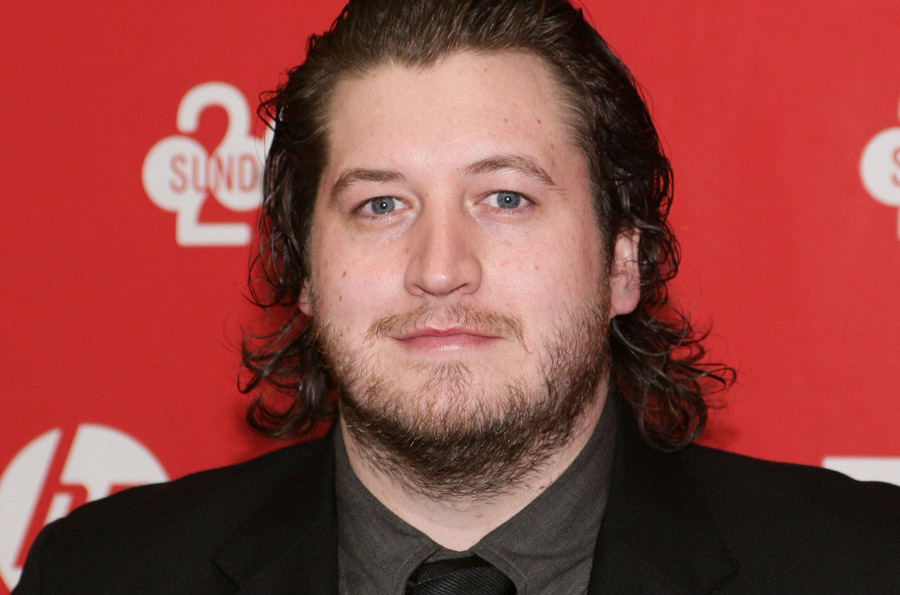The Week in Movie News: 'Deathstroke' Director, Marvel Shorts, 'Dora' and More
Need a quick recap on the past week in movie news? Here are the highlights:
BIG NEWS
Gareth Evans will direct DC’s Deathstroke: Warner Bros. is moving forward with a solo feature for supervillain Deathstroke, who was once teased as being the big bad of The Batman. Especially exciting is that the brilliant action movie director Gareth Evans (The Raid) is in talks to take the helm. Read more here.
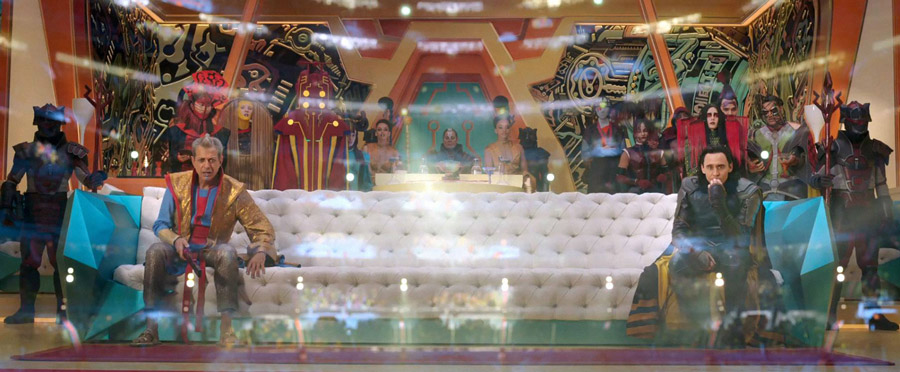
TERRIFIC NEWS
Thor: Ragnarok might spin off new Marvel One-Shot movies: In our own exclusive talks with Thor: Ragnarok director Taika Waititi, he revealed that we might see more of the alien characters Korg and Miek in a Marvel One-Shot short film. Meanwhile, Jeff Goldblum teased his own short involving his character, the Grandmaster. Read more here and here. And find more MCU news here and here.

SURPRISING NEWS
Michael Bay is producing a Dora the Explorer movie:The popular children’s cartoon series Dora the Explorer is heading to the big screen with Michael Bay producing and Nicholas Stoller (The Muppets, Neighbors 2: Sorority Rising) writing the script. Read more here.
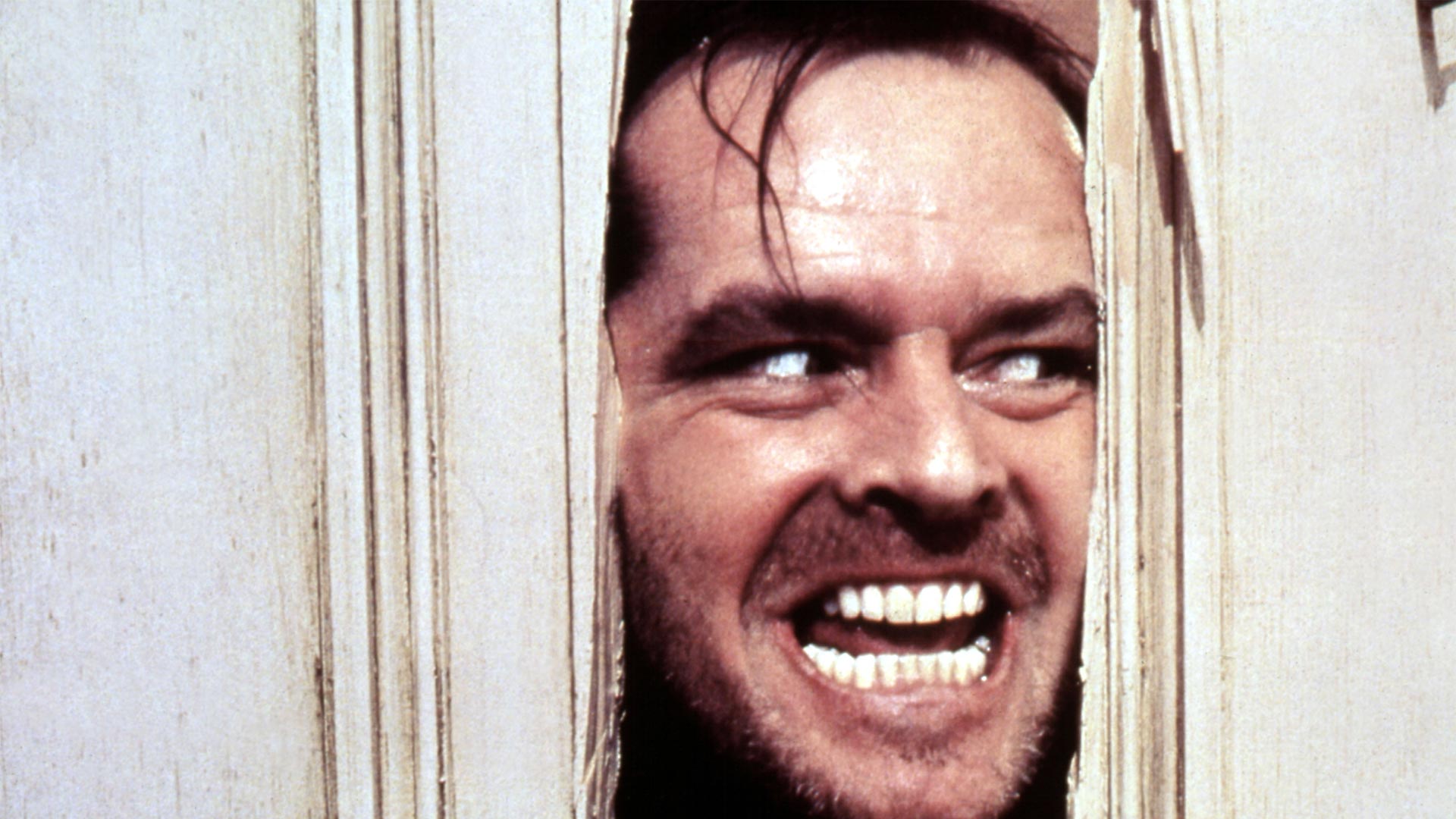
COOL CULTURE
James Franco does The Shining: Universal Studios’ Halloween Horror Nights is thrilling fans this month in anticipation of the holiday, but many guests at the park unknowingly were scared by none other than James Franco in a Jack Nicholson mask from The Shining. Watch the secret cameo below.
[embedded content]
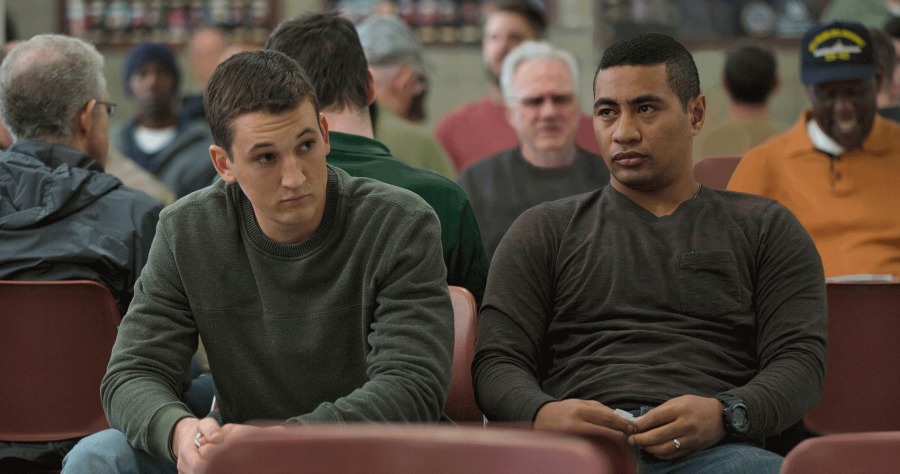
EXCLUSIVE BUZZ
Jason Hall on Thank You For Your Service: We talked to Thank You For Your Service writer/director Jason Hall about Steven Spielberg’s involvement and how the new movie is a spiritual sequel to the Hall-scripted American Sniper. Read what he had to say here.

MUST-WATCH TRAILERS
Phantom Thread showcases Daniel Day-Lewis’s final performance: Paul Thomas Anderson is reunited with his There Will Be Blood star Daniel Day-Lewis in Phantom Thread, the first trailer of which debuted this week. And it looks like a great work for the retiring actor to bow out with. Watch it below.
[embedded content]
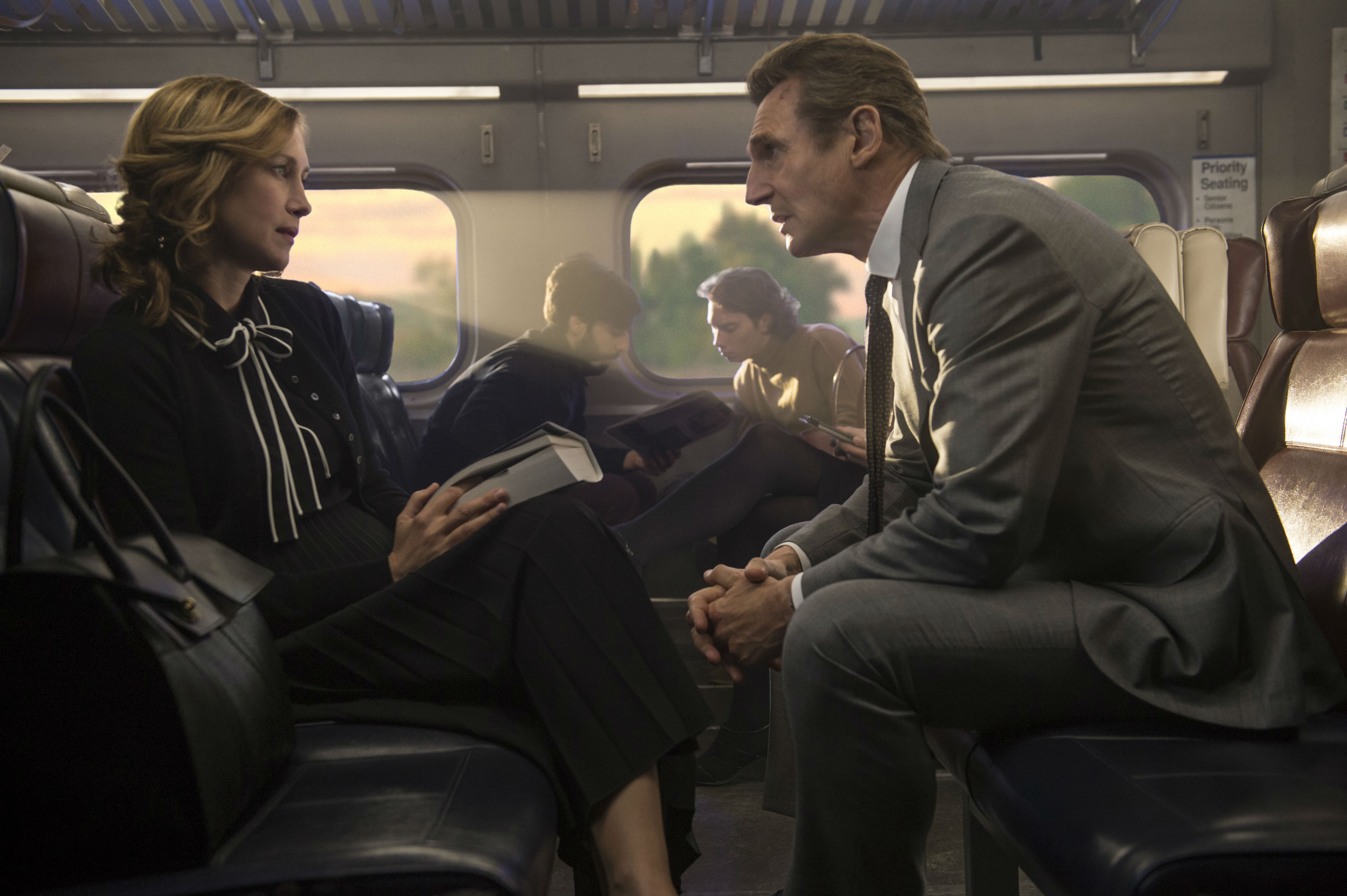
The Commuter offers an adrenaline rush: The first trailer for The Commuter arrived with a look at Liam Neeson’s latest action hero being forced into a dangerous situation on a speeding train. Check out the thrilling spot below:
[embedded content]

Winchester looks historically terrifying: The first trailer for Winchester: The House That Ghosts Built teases a true story of the “most haunted house in history” starring Helen Mirren and Jason Clarke. Check it out here:
[embedded content]
and

